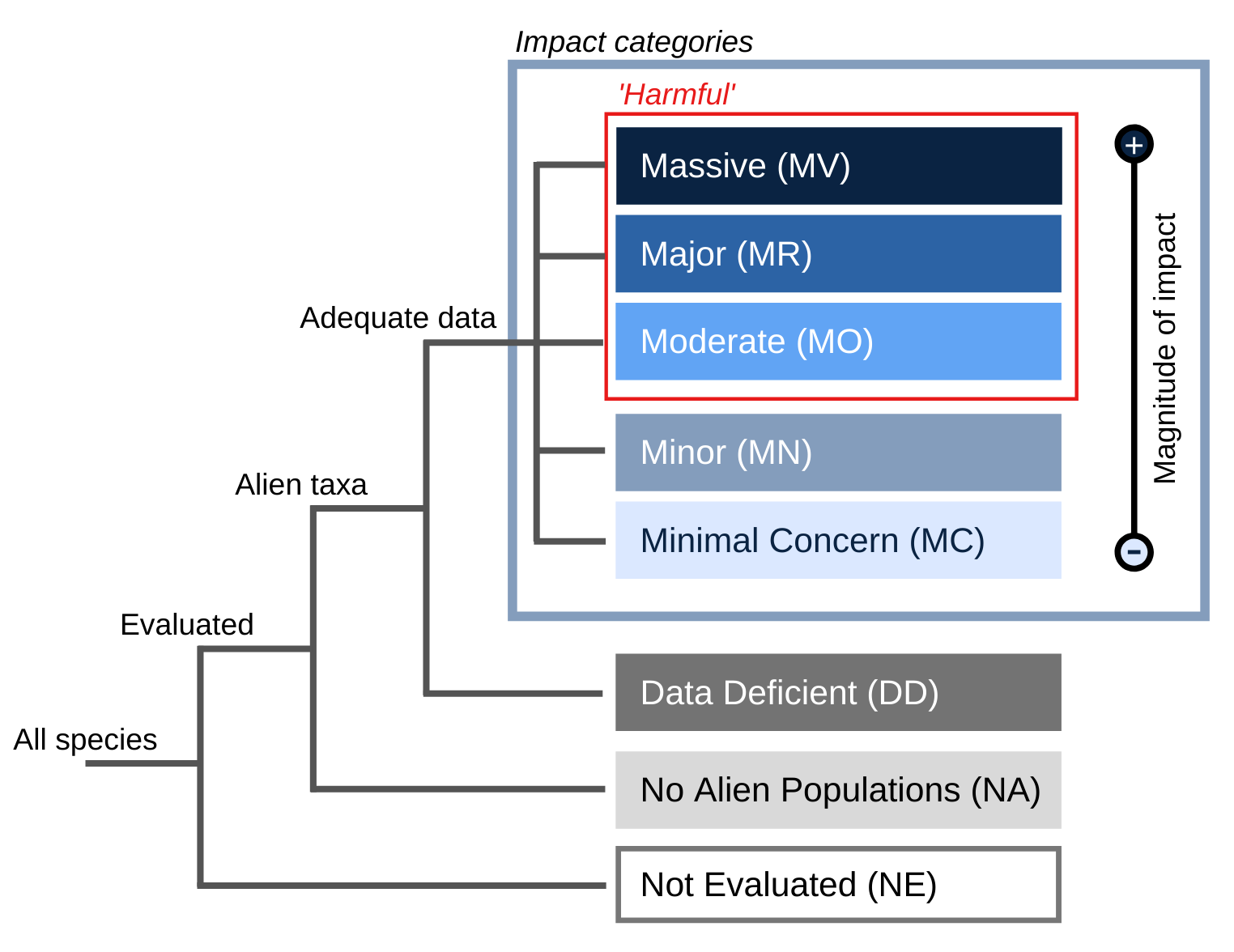- General
- Distribution
- Impact
- Management
- Bibliography
- Contact
The disease affects elk, mule deer, black-tailed deer, white-tailed deer, white-tailed deer hybrids (Forrest, 2003) and moose (Kreeger et al., 2006). CWD infection-specific protease-resistant prion protein accumulates in gut-associated lymphoid tissues of infected deer, which implicates alimentary shedding of the CWD agent in both feces and saliva. In elk, CWD has been detected by IHC in the myenteric plexus, the vagosympathetic trunk, the cell column of the spinal cord and endocrine glands (Salman, 2003). Because CWD infection-specific protease-resistant prion protein becomes progressively abundant in the nervous system and lymphoid tissues through the disease course, carcasses of cervids succumbing to CWD also likely to serve as foci of infection (Miller et al., 2004). A characteristic of all transmissible spongiform encephalopathy agents is their resistance to conventional disinfectants, high temperatures, and enzymes that normally break down proteins (USDA-APHIS, 2008). The clinical signature of CWD includes several non-diagnostic symptoms such as: weight loss, behavioural changes, excessive water consumption, salivation and urinating, together with erratic teeth grinding (Forrest, 2003). In addition, animals may show repetitive behaviours such as walking set patterns in the pen or pasture, show periods of somnolence or depression from which they are easily roused, and may carry their head and ears lowered. Affected animals continue to eat but consume reduced amounts of feed, leading to gradual loss of body condition. As the disease progresses, many affected animals display polydipsia and polyuria, increased salivation with resultant slobbering or drooling, as well as inco-ordination, posterior ataxia, fine head tremors, and a wide-based stance (Williams & Miller, 2002). \r\n
Oregon Invasive Species Council has classified Chronic Wasting Disease as one of 100 most dangerous invaders (2008). Communal use of wallows and mineral licks by elk may increase the risk of CWD transmission by sharing areas contaminated with bodily excretion potentially including CWD prions (VerCauteren et al., 2007a).
Principal source:
Compiler: National Biological Information Infrastructure (NBII) & IUCN/SSC Invasive Species Specialist Group (ISSG)
Review: Chronic Wasting Disease (CWD) Alliance
Publication date: 2010-05-15
Recommended citation: Global Invasive Species Database (2025) Species profile: Chronic Wasting Disease (CWD). Downloaded from http://www.iucngisd.org/gisd/species.php?sc=1444 on 31-05-2025.
Management Techniques to Eliminate, Contain, or Control CWD: Outbreak surveillance establishes the prevalence, incidence, and distribution of the disease, and allows the evaluation of management actions. Population reduction is a technique that encompasses the depopulation of farmed cervids, or of free-ranging cervids in limited geographical areas. Targeted removal can reduce a specific subset of an affected population (USDA-APHIS, 2008). Surveillance testing and removal can be used to remove CWD affected animals from a population, but this approach may only be appropriate in limited situations. Therapeutics and vaccines could be a future option, but these tools are not currently available. Restrictions on feeding or baiting of free-ranging cervids where appropriate, and regulations for the farmed cervid industry are examples of management tools that may be used to control CWD. The manipulation of environmental factors could limit animal use of areas and potential exposure. These tools are most useful in dealing with environmental contamination. Lastly, agricultural and wildlife agencies should provide scientifically based recommendations for limiting animal movements to prevent the spread of CWD (USDA-APHIS, 2008). Long persistence times or high excretion rates of infectious agent will make it more difficult to reduce or eradicate CWD as compared to the case of direct transmission. Better understanding of agent excretion and persistence are thus needed in order to make realistic assessments of the viability of specific CWD control strategies (Miller et al., 2006). \r\n
Integrated Management: In Canada and the USA, financial incentives have been added in the form of compensation for animals slaughtered in national eradication efforts for CWD (Kellar & Lees, 2003). Banning supplemental feeding practices to reduce risks of disease transmission, especially in areas with infectious disease outbreaks, is warranted (Thompson et al., 2008). \r\n
Biological: Studies suggest that tonsillar biopsy is a valid method for detecting CWD in live deer during incubation stage, and may be used as an ante-mortem and pre-clinical diagnosis and as an adjunct management tool (Salman, 2003). Current research into rectal biopsies may produce an effective method of ante-mortem CWD diagnosis in elk (UDSA, 2008). A CWD-susceptible cell line has also been developed, which is derived from cervid brain fibroblasts, and has been used to screen inhibitors of CWD infection. This is the first CWD specific assay introduced for screening compounds that inhibit CWD propagation (Sigurdson & Aguzzi, 2007).\r\n
For more information on response to CWD in at risk, newly infected and enzootic areas please see the Chronic Wasting Disease Workshop document (Pybus & Hwang, 2008).







